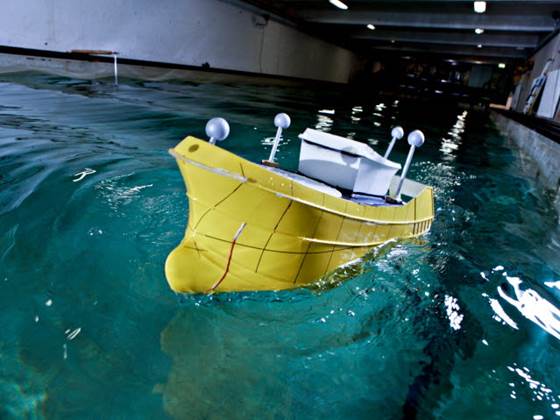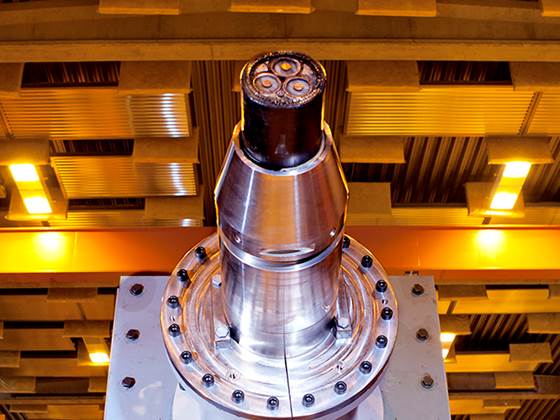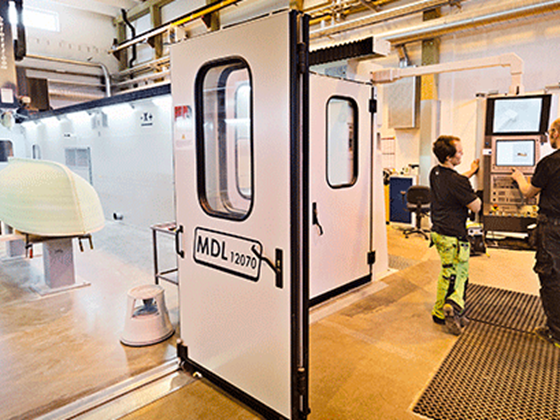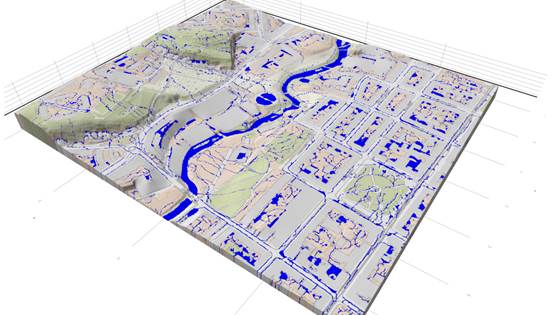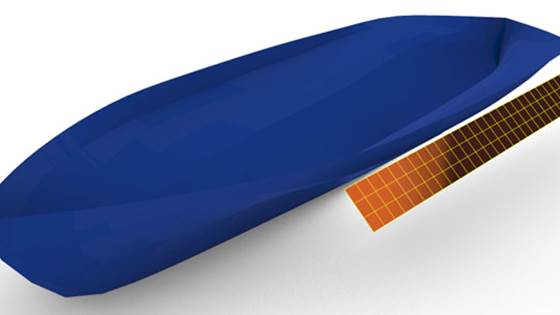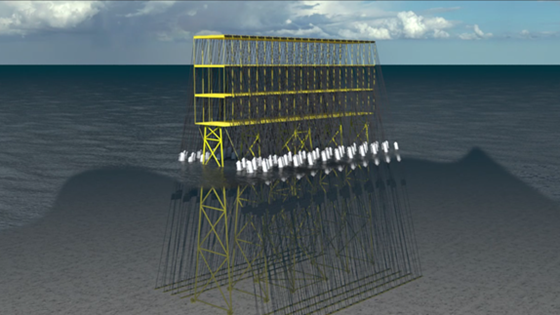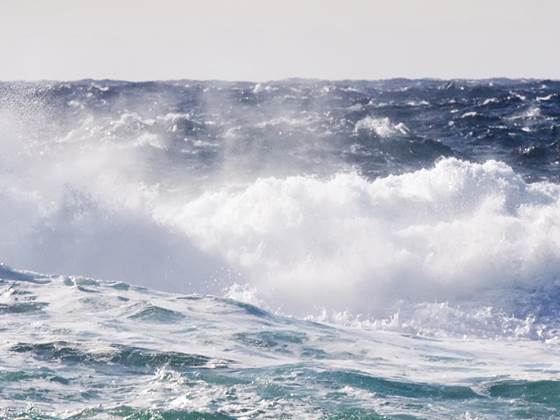The current geopolitical and energy market reality requires Europe to drastically accelerate the clean energy transition and increase Europe's energy independence from unreliable suppliers and volatile fossil fuels (REPowerEU). Furthermore, the European Green Deal sets a target of net zero emissions of greenhouse gasses by 2050.
Wave energy has the potential to make a considerable contribution to achieve this goal, with its estimated worldwide potential resource of 29,500 TWh/year. Notwithstanding its potential, there are challenges that must be overcome for wave energy to gain a relevant presence in the energy market. Promising technologies exist but struggle to find solutions to reduce costs and increase efficiency, which is needed to attract investments to build profitable businesses within a competitive market.
SINTEF works actively towards the full realization of the wave energy potential and its related scientific fields. We do this by performing research and providing research-based competence and services on wave energy conversion technology and related disciplines. Furthermore, we do this following internationally established techno-scientific best practices for the development of ocean technologies.
SINTEF participates in regional, national, and international research and innovation projects targeting wave energy. We perform verification, validation, and qualification studies of concepts for the industry and provide consulting services to inventors and entrepreneurs at initial stages of concept development.
Our related expertise covers a wide range of disciplines, including:
- Wave energy resource assessment and Environmental modelling and analysis.
- WEC Numerical analysis and dedicated numerical tools development, including coupled hydro-aero-elastic-analysis and multibody interactions.
- Tank testing of WEC devices and componentry, including Hardware in the Loop, and operations.
- Full-scale and small-scale rig testing of structures, structural components, and materials.
- Wave-to-grid models (numerical models representing the dynamics of subsystems from the incident waves to the receiving electricity grid).
- Control of WEC systems.
- Integration of wave power into electricity grids.
- Complementarity of wave power to other variable renewable resources, e.g. wind and solar power.
- Environmental impact and lifecycle analysis.




